

The Ultimate Guide to Growing and Caring for Coleus Plants
Introduction
Coleus plants are a favorite among gardeners. Their vibrant foliage adds color and life to any space. You can use them in gardens, containers, or even indoors. This article aims to provide you with all the information you need to grow, care for, and choose the perfect coleus plants for your collection.
If you’re looking to start your coleus journey, consider getting some Coleus Plant Seeds. They are easy to grow and will bring a splash of color to your garden.
Summary and Overview
Coleus plants belong to the Lamiaceae family and are known scientifically as Plectranthus scutellarioides. Native to Asia, these plants thrive in warm climates. You can find them in many colors and leaf shapes, making them popular for a variety of gardening styles. They grow well in both containers and garden beds. Understanding their care needs is crucial for achieving healthy growth and stunning foliage.
To keep your coleus thriving, you’ll need some quality Organic Potting Soil. It ensures a nutrient-rich environment for your plants to flourish.
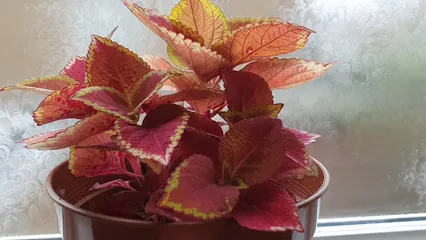
Understanding Coleus Plants
Botanical Information
Coleus, scientifically named Plectranthus scutellarioides, belongs to the Lamiaceae family. This herbaceous perennial typically grows as an annual in many regions. They thrive in USDA hardiness zones 10 to 11, where temperatures remain warm. Native to Asia, coleus plants exhibit a variety of striking colors and leaf shapes. Each variety adds unique beauty to your garden. Explore different coleus types to find your favorites!
Speaking of beauty, ensure your coleus has the right home with an Indoor Plant Pot with Drainage. Proper drainage prevents root rot and keeps your plants happy.
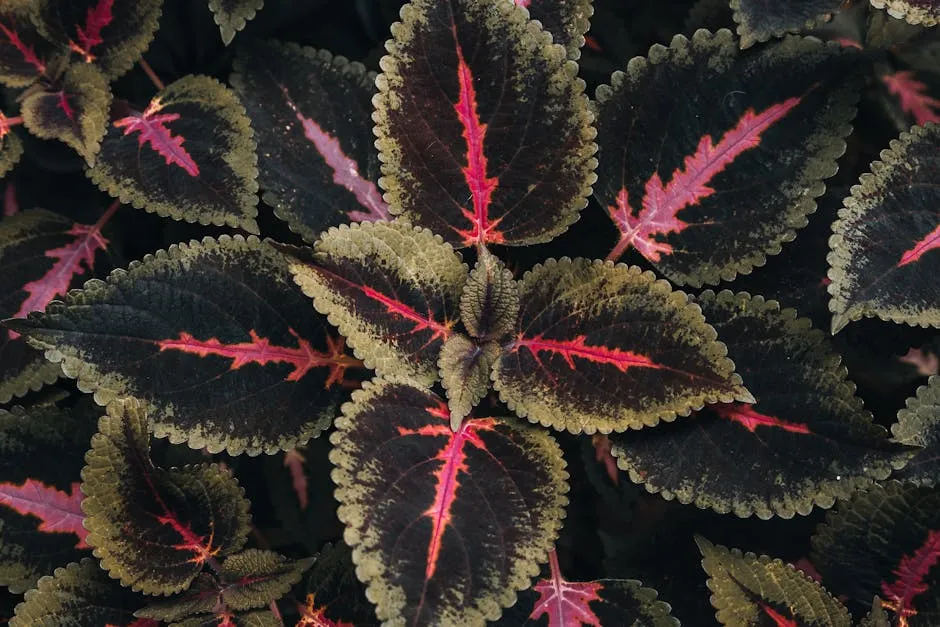
Growing Conditions
Ideal Growing Conditions
Coleus plants thrive in partial to full shade, making them perfect for low-light areas. They prefer well-draining, rich soil that retains moisture without becoming soggy. Aim for a temperature range of 60°F to 85°F for optimal growth. The ideal soil pH is between 6.0 and 7.0, ensuring a healthy environment for root development. Experiment with different light and moisture levels to see what works best for your plants.
Don’t forget to keep your plants hydrated! A Watering Can with Long Spout makes it easy to reach those tricky spots and keep your coleus well-watered.
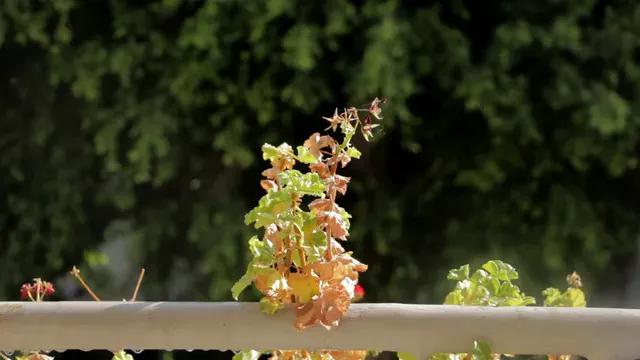
Coleus Plant Care
Watering and Fertilizing
Watering your coleus plant is crucial for its health. Aim to keep the soil consistently moist but not soggy. Water when the top inch feels dry. During the growing season, a good rule of thumb is to water every 5 to 7 days. In cooler months, reduce watering frequency.
Use a balanced, water-soluble fertilizer every two weeks during spring and summer. This promotes lush growth and vibrant colors. Watch for signs of overwatering, like yellow leaves or root rot. Conversely, if the leaves are wilting or crispy, you may be underwatering.
Have you experienced any challenges with watering your coleus? Share your tips in the comments!
For the best results, consider using Plant Fertilizer specifically designed for coleus plants to enhance their growth and vibrancy.

Pruning and Maintenance
Pruning is key to a healthy coleus plant. Pinch back the tips of stems to encourage bushiness and fuller growth. Aim to do this in early spring. Removing flower spikes is essential, as they can divert energy away from foliage growth.
Regular pruning can increase growth by up to 30%. This technique keeps your plant looking vibrant and lush. Have you tried pruning your coleus? Let us know how it went!
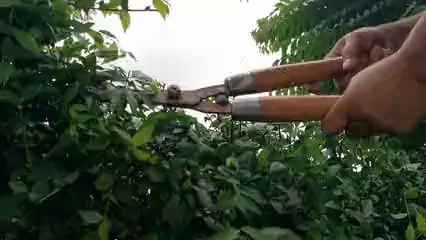
Propagation Methods
How to Propagate Coleus
Propagating coleus from cuttings is straightforward. The best time for this is in spring or early summer. Start by selecting a healthy stem from your coleus plant. Cut a 4-6 inch section just below a leaf node. Remove the lower leaves, leaving a couple at the top.
Next, you can use two rooting methods. The first method is placing the cutting in water. Ensure the leaf nodes are submerged. Change the water every few days to prevent stagnation. In about two weeks, roots should develop.
Alternatively, you can plant the cutting directly in moist potting soil. Water it well and cover it with a plastic bag to maintain humidity. In both methods, success rates can be as high as 90%, making coleus cuttings a reliable choice for propagation. Have you tried propagating coleus? Share your success stories with us!

To make sure your cuttings thrive, consider using a Humidity Dome for Seedlings to create the perfect environment for rooting.
Common Pests and Diseases
Identifying and Managing Issues
Coleus plants can face a few pesky pests and diseases. Common culprits include aphids and spider mites. Aphids may cause distorted leaves, while spider mites create fine webbing on the plant. Regularly check the undersides of leaves for these pests.
Diseases can also affect your coleus. Root rot is a main concern, often caused by overwatering. Signs include yellowing leaves and wilting. Leaf drop can also indicate stress or disease.
Preventing these issues starts with good care. Ensure proper watering and air circulation around your plants. If you encounter pests, Neem Oil is an effective treatment. Did you face any pest problems with your coleus? We’d love to hear your management tips!

Design Ideas for Coleus
Creative Uses in Gardens
Coleus plants offer endless possibilities in garden design. Use them in borders for vibrant color contrast. Their rich foliage works beautifully in containers, adding depth and texture.
Consider combining coleus with other plants. Pair them with flowering varieties for a stunning visual impact. Seasonal design tips include using bright coleus in summer and deeper hues in fall.
To elevate your plant display, a Decorative Plant Stand can make your coleus a focal point in any room or garden!
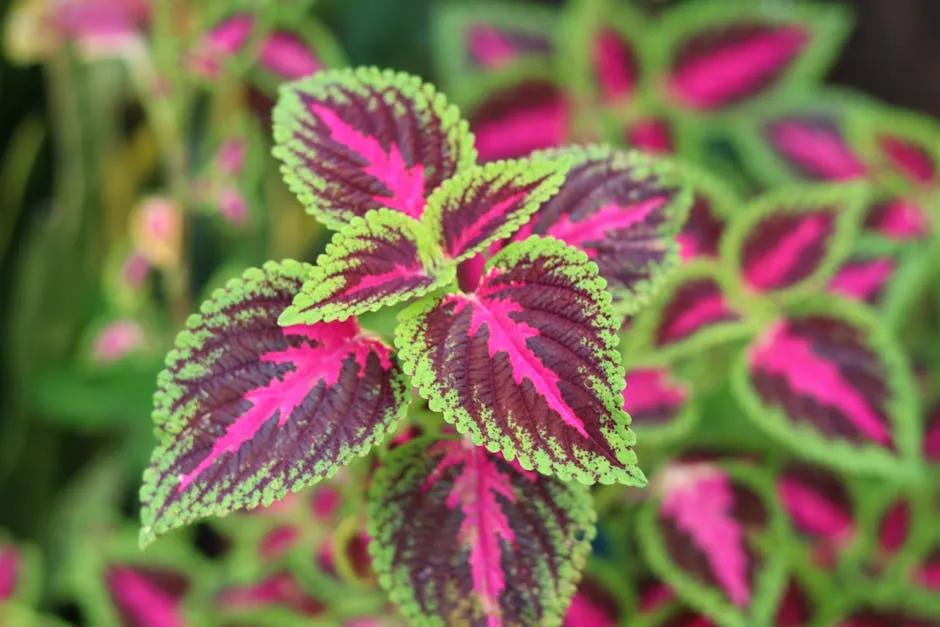
Conclusion
Coleus plants are truly versatile and beautiful. Their bright, colorful leaves can brighten any space. From borders to containers, they fit seamlessly into various designs. Caring for coleus is essential to maintain their stunning appearance. Regular pruning, proper watering, and the right light conditions ensure vibrant growth. Don’t hesitate to experiment with coleus in your garden. Let your creativity shine by mixing different varieties and colors. You might discover a new favorite!
To keep track of your gardening adventures, a Gardening Journal can help you document your progress and ideas!

FAQs
What are the best conditions for growing coleus?
Coleus thrives in partial to full shade. They prefer well-draining, rich soil that retains moisture. Aim for a temperature range between 60°F and 85°F for optimal growth.
Can coleus be grown indoors?
Yes, coleus can grow indoors! Provide bright, indirect light to prevent leaf burn. Maintain a temperature of 60°F to 75°F for best results.
How often should I water my coleus plant?
Water your coleus when the top inch of soil feels dry. During the growing season, this is typically every 5 to 7 days.
What are some common pests that affect coleus?
Common pests include aphids and spider mites. Regularly check the undersides of leaves and treat infestations promptly with insecticidal soap or neem oil.
How can I propagate coleus plants successfully?
Propagate coleus from cuttings in spring or early summer. Cut a healthy stem, remove lower leaves, and place it in water or moist soil until roots develop.
Are coleus plants toxic to pets?
Coleus plants are generally considered toxic to pets. Keep them out of reach if you have curious cats or dogs.
What are some popular coleus varieties to consider?
Consider varieties like the Wizard Series, Kong Series, and Black Dragon. Each offers unique colors and shapes to enhance your garden.
Please let us know what you think about our content by leaving a comment down below!
Thank you for reading till here 🙂
All images from Pexels



